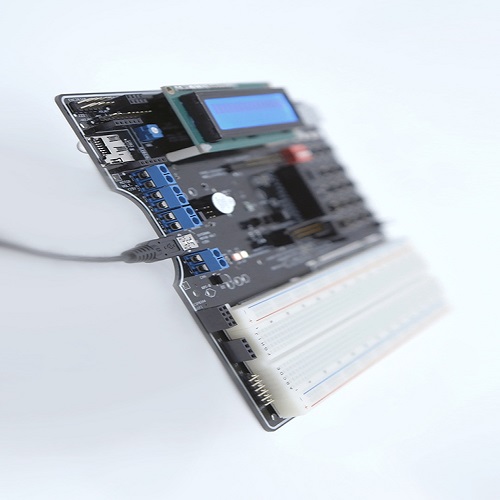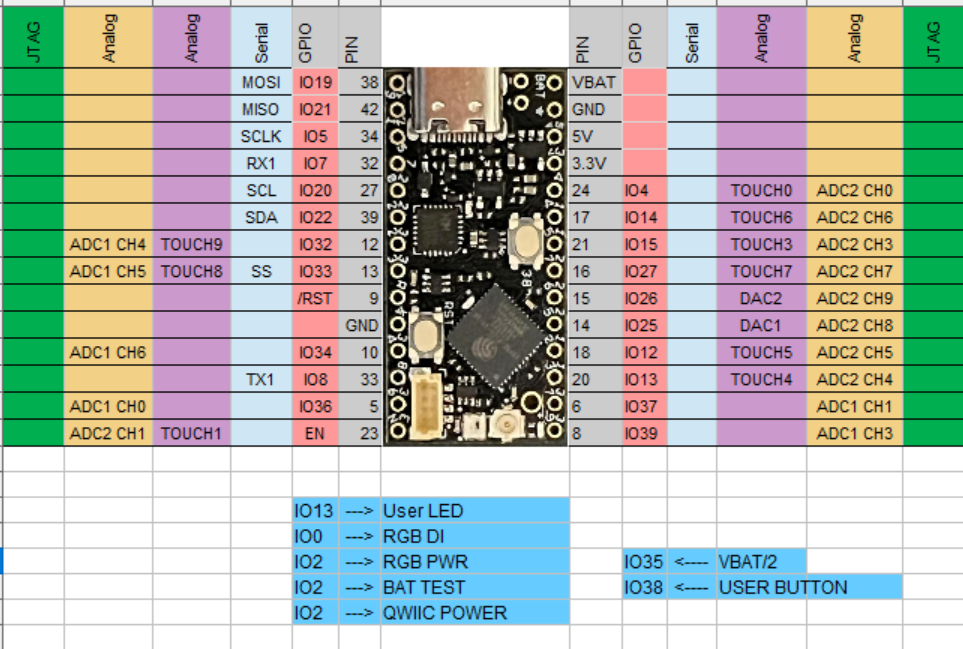|
|
|
NanoboyPICO-V3-02 Example Programs
In order to run example programs you need to install
Arduino IDE first if you have not installed.
You can take an ESP32 course online.
You also need to install driver for CP2104 or CH9102F USB to UART bridge if you have not installed.
Driver for CP2104 USB to UART bridge
https://www.silabs.com/developers/usb-to-uart-bridge-vcp-drivers?tab=downloads
Driver for CH9102F USB to UART bridge
The NanoboyPICO-V3-02-JR is not shown on the ESP32 board list,
but you can use it as a Feather ESP32 V2 board.
In Arduino IDE click Tools-->Board, then select the
Adafruit's
Feather
ESP32 V2
for using the NanoboyPICO-V3-02-JR.
The NanoboyPICO-V3-02-JR board is pre-loaded with a
test sketch and it will blink all output pins
including the user LED at GPIO13.
Before soldering 2 male headers make sure that the NanoboyPICO-V3-02-JR board can blink the GPIO13 LED with your Arduino IDE. If it can't, troubleshoot the problem first before going further. If you can't Blink-A-LED before soldering, you won't be able to Blink-A-LED after soldering
After you successfully ran the Blink-A-LED you can
assemble it now.
NanoboyPICO-V3-02-JR
assembly Instructions are similar to the
SmallPICO
assembly instructions.
NanoboyPICO-V3-02-JR pinmap:
Download the following Example Programs in a zip file All example programs are tested with Arduino IDE 1.8.19 and Espressif 2.0.13.
We
added a blinking LED to indicate the start of a WiFi
scan. After testing many different antennas we feel that
the whip antenna offers a high signal strength and
wide coverage. We added both whip antenna and UFL
antenna on this board. You can use either one.
You
can compare it with all other ESP32 boards that you may have, you
will find out how good the whip antenna is.
|

